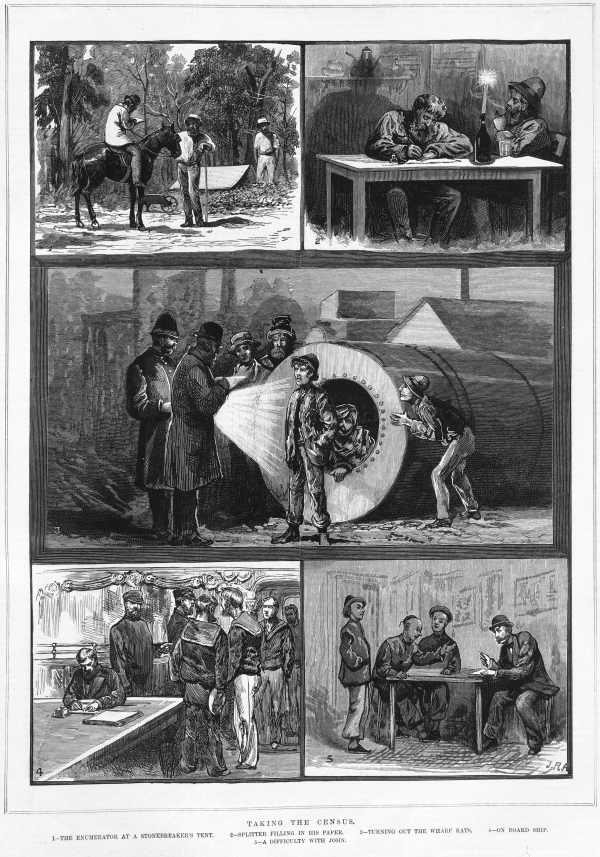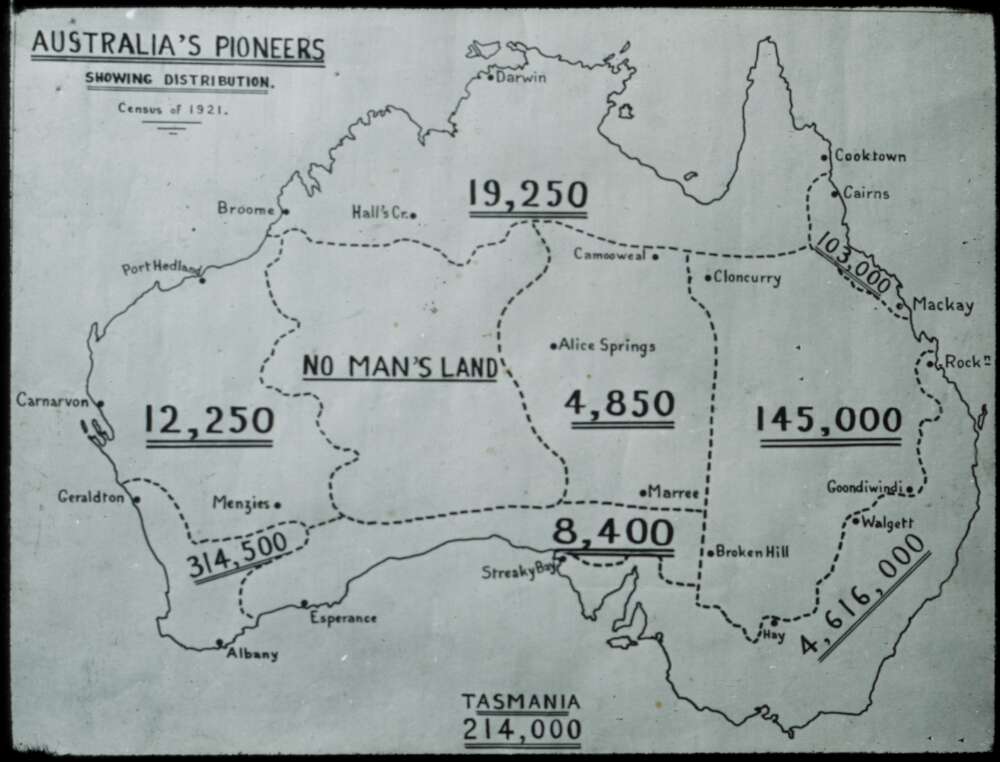By Alison Taylor, Demographer, City Futures Research Centre.
Did you know that the Census has inspired art works and literature?
With the 2016 Census rapidly approaching (just 11 sleeps away, the ABS told me today 29 July), I’ve found myself wondering how did we get here? What is the history of the Census in Australia?
August 9 2016 marks the 17th national Census of population and housing to be conducted in Australia. The power to run Censuses was granted to the Commonwealth in the Australian Constitution, with the first national Census held in 1911*.
However, prior to this there were ‘musters’ to count convicts and settlers, which eventually became formal state Censuses. The first of these was in NSW in 1828. At that time, the white population numbered 36,598 with 57% free settlers and the remaining 15,728 people convicts.
By 1881, the states had begun to co-ordinate the holding of these Censuses, so that they occurred every ten years in line with Census day across the British Empire. Unfortunately the questions were not consistent so there were difficulties in formulating Australia-wide data.
In 1881, NSW had just over 750,000 people and the Australian population was 2.25 million.
Reflecting a common method of reporting at the time, an illustration titled “The great census of the Empire of Great Britain” was completed by Julian Ashton and published in The Australasian Sketcher on April 23, 1881.
Image from the State Library of Victoria
After 1901, it was intended to run a national Census in Australia every ten years, although the 1930 Census was cancelled due to the Great Depression. In 1933, the Census was re-instituted in recognition of the valuable information it would provide on the impact of the depression (and also for the temporary jobs). For the first time, questions about income included categories for people earning no income or a very low income.
Meanwhile, in the US in 1911, the census was inspiration for a novel. In 1911, Francis Rolt Wheeler published The Boy With the U.S. Census about a young census-taker named Hamilton in Washington, DC. The novel follows Hamilton on his exploits working as an enumerator, the troubles encountered taking a census, the ethnic groups he meets, and his work as a clerk at Census Bureau headquarters where the data were electronically tabulated using Hollerith tabulating machines (from https://www.census.gov/history/). I can’t imagine it getting published today – though maybe it could form the basis of a television reality show.
After the delayed Census of 1933, the next Census was postponed until 1947 due to Australia’s involvement in war. In 1947 when attention returned to domestic matters, the value of Census data was again recognised; this time for its assistance in Australia’s post-war economic reconstruction.
Because of the large gap in Census information due to the war, it was decided to hold a ‘catch-up’ Census in 1954, midway between 1947 and the planned 1961 Census. Given the value of Census data to the Commonwealth, it was considered worth the effort to run this extra Census.
After 1961, an Australian Census was held every five years, something that had been desired by statisticians since Federation. Australia is one of a select group of countries that conducts a national Census every five years, much to the envy of people in countries that don’t.
Funding constraints put pressure on the continuation of this frequency, but ask any planner, statistician, demographer, market researcher or policy analyst and they’ll tell you that Census data is needed every five years – particularly where things change a lot or where big investments are at stake.
Image from the National Library of Australia
The 2016 Census, coming next month is unique in the history of Censuses in Australia. Not only will the questions not change from those asked in 2006 and 2011 giving us a fantastic time series, but this will be the first Census to be largely completed on-line. It is expected that around 24 million people and 10 million dwellings will be counted – the largest numbers ever.
We can all look forward to updating our understanding of who we are, where we live and how we’ve changed – as the Census data becomes available over the next couple of years.
Check out the ABS website for more information including some YouTube videos on what the census is and why we need it, as well as protecting your privacy and how to complete your form.
The next blog in this series will detail how we’ve changed since the first national Census just over a century ago.
* Much of the information on the history of the Census comes from an article by Beth Wright, found on the ABS website.




No Comments so far ↓
There are no comments yet...Kick things off by filling out the form below.